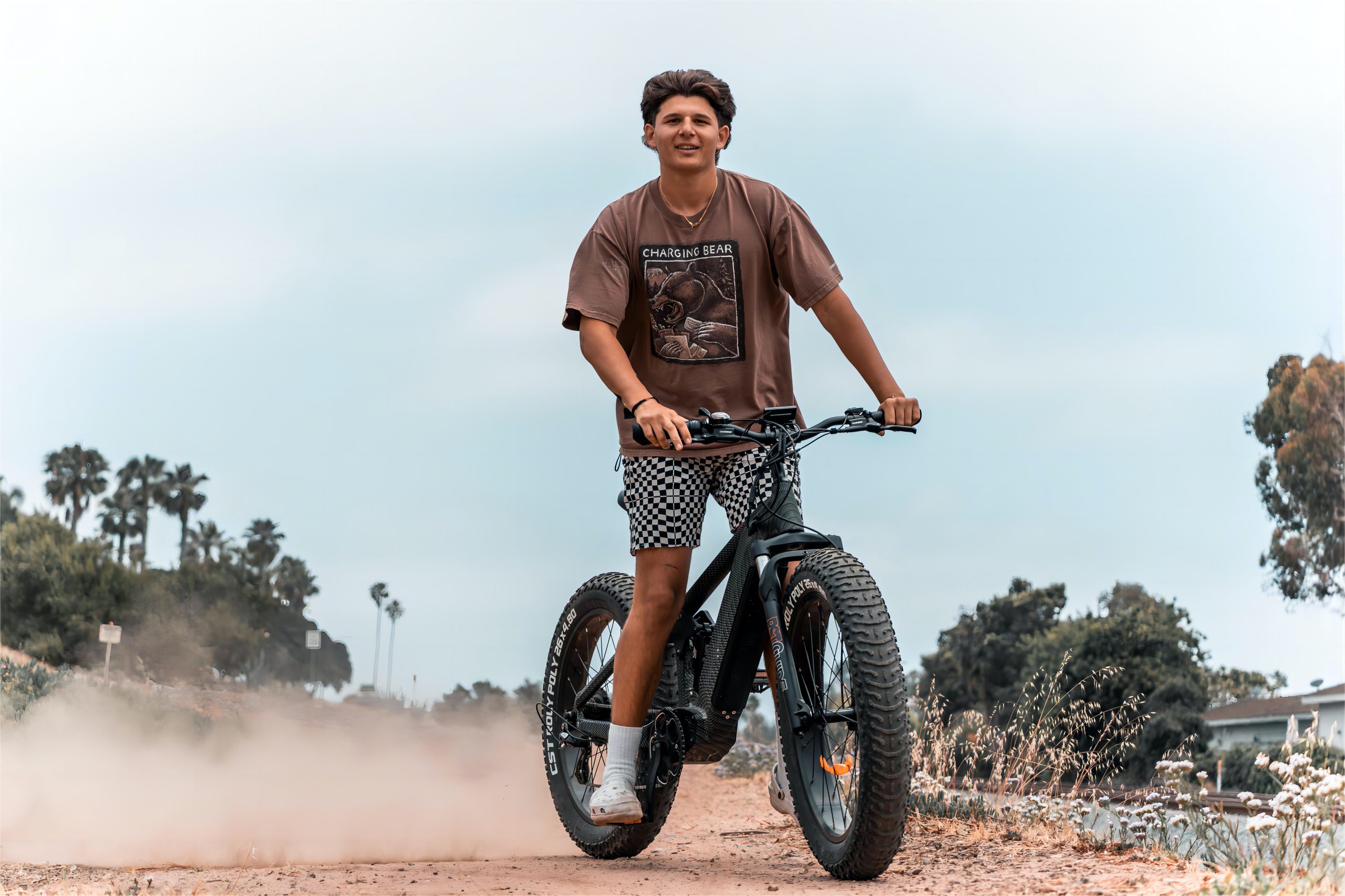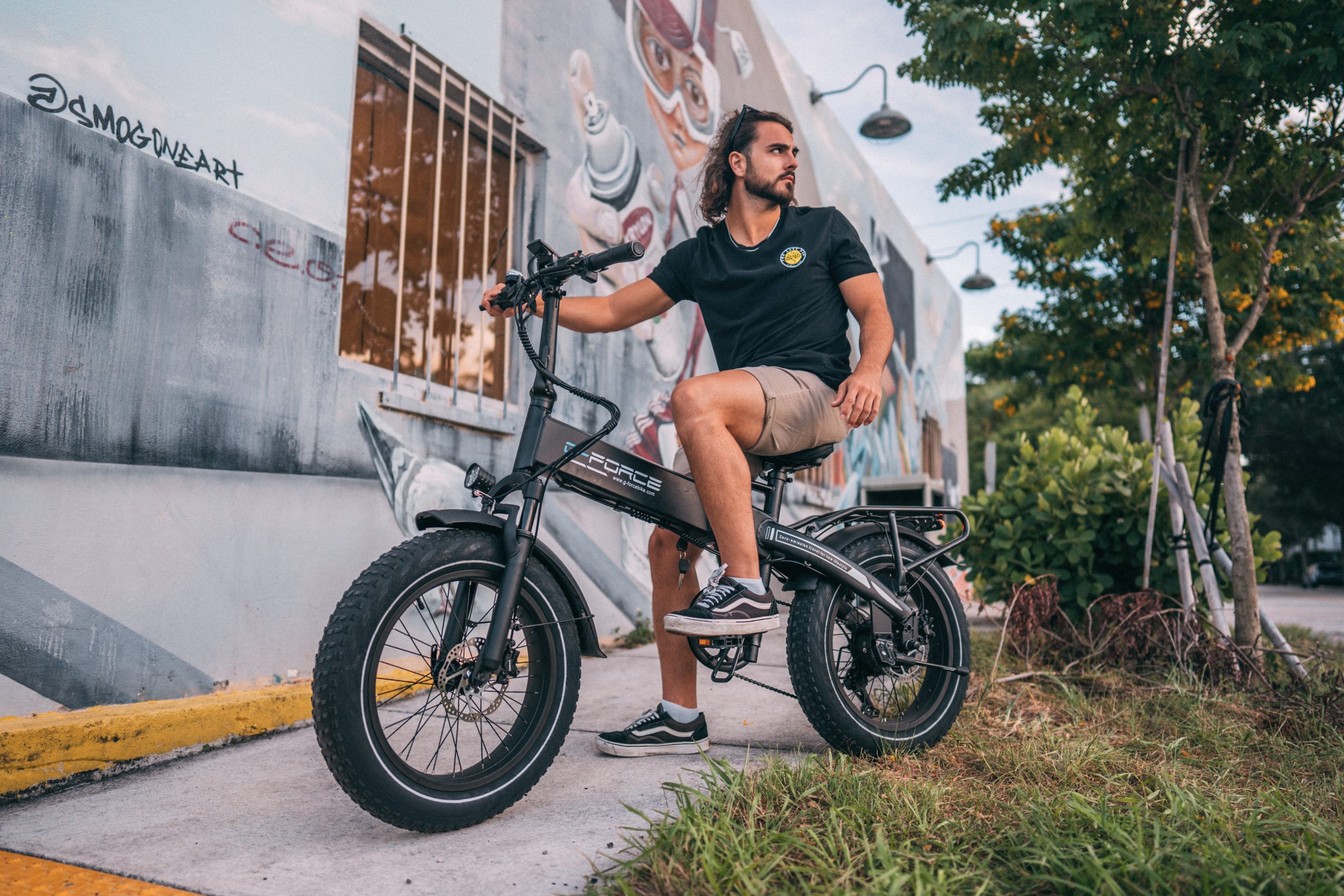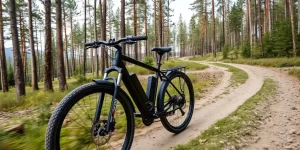what are the types of hub motors?: Fueling the E-Bike Movement
Electric bikes are swiftly entering into the spotlight, offering a green (We need this!) and adaptable travel option like never before! The hub motor is the star of the show, a nifty motor that adapts to fit the unique preferences and biking styles of every rider out there. How cool is that?
In this exploration, we will dive into the types of hub motors, examining the nuances/difference between geared and gearless systems, the impacts of front or rear placement, and the ins and outs of dual hub motor technology.
Plus, we’ll shed light on other critical elements as well! guiding the performance and choice of hub motors for e-bike aficionados.
Geared Vs Gearless Hub Motors: What are the differences IN THESE TWO TYPES OF HUB MOTORS?
When checking out the types of hub motors, You Instantly see two significant distinctions to grasp, and that is between geared and gearless hub motors. Let’s contrast the two:
Geared Hub Motors
How They Work: Internal gears in these motors assist in bolstering torque, enabling the motor to rev up more swiftly than the wheel itself.
Benefits: Their lighter and more compact nature translates to increased torque and an elevated riding experience, which is particularly advantageous on hilly terrain.
Points to Consider: Due to their intricate internal gears, geared hub motors might necessitate greater upkeep.
Gearless Hub Motors
How They Work: Known as direct-drive motors, these systems directly connect the motor to the wheel without the intervention of gears.
Benefits: Regularly outlasting their geared counterparts, gearless hub motors are revered for their durability and minimal maintenance needs courtesy of fewer moving components.
Points to Consider: Gearless hub motors can be bulkier and may not deliver as much torque, potentially making them less potent when facing steep inclines.
Front Vs Rear Hub Motors: which one is better?
The strategic position of a hub motor significantly influences the overall cycling experience. We will now examine the merits and drawbacks of both front and rear hub motor placements.
Front Hub Motors
Handling: By equalizing weight distribution, especially when the battery is positioned at the back, these motors can create a more balanced ride.
Ease of Installation: The more straightforward wheel setup makes these motors simpler to fit and service.
Grip on the Road: Depending on the terrain, front hub motors sometimes fall short on traction, especially on surfaces that are wet or loose.
Rear Hub Motors
Riding Output: Providing superior traction, these motors are synonymous with the traditional, rear-wheel drive experience of conventional bicycles.
Weight Balance: The placement can enhance stability, particularly during bursts of acceleration.
Complexity: Due to their integration with the bike’s gearing system, these motors may present more installation and maintenance challenges.
Dismantling the Dual Hub Motor Concept: ANOTHER TYPE OF HUB MOTOR?
Within the realm of types of hub motors, dual hub motors feature a unique setup where two motors independently power the front and rear wheels.
Dual Hub Motors
Power Boost: The tandem motors deliver a remarkable improvement in acceleration and torque, fitting for high-performance e-bikes.
Upgraded Control: Enhanced grip and management of the bike can be particularly advantageous on rugged off-road paths or for cargo bikes carrying substantial weight.
Energy Usage: Such a powerhouse configuration may draw more energy, potentially diminishing the e-bike’s travel range.

Dual VS Single Hub Motors: WHICH ONES ARE THE BEST?
In the types of hub motors debate, choosing between dual hub motors and singular front or rear hub motors hinges on specific riding needs.
Dual Hub Motors
With dual hub motors powering both wheels, an appreciable gain in traction and stability is achieved. This configuration shines on off-road e-bikes, performance-focused models, or cargo e-bikes needing extra muscle for bulky loads.
Pros:
Superior traction across different landscapes.
Optimal balancing when transporting heavy cargo.
Boosted acceleration and proficiency in ascending.
Points to Ponder:
Higher energy demands, likely affecting range.
Maintenance becomes more intricate with two motors.
Generally pricier than single motor configurations.
Single Front Hub Motors
Single front hub motors are the go-to for their straightforward installation and the equilibrium they bring to the ride. Ideal for casual riders and those using their e-bikes for routine commutes.
Pros:
Uncomplicated when it comes to fitting and upkeep.
Balanced weight distribution, especially with rear-positioned batteries.
An economical option for everyday e-bike needs.
Points to Ponder:
Potential compromises on grip under certain conditions.
Not as powerful as rear or dual-motor arrangements.
Single Rear Hub Motors
Mimicking the feel of conventional bicycles, single rear hub motors are favored by those seeking a familiar biking feel, directing power straight to the back wheel.
Pros:
Enhanced grip, crucial for uphill journeys and speedy starts.
A sense of traditional cycling, aligning with regular bike design.
Versatile fit across a variety of bicycle frames.
Points to Ponder:
Maintenance and installation may pose more intricate challenges due to the connection with the bike’s gear system.

Comparing and Choosing the Right Setup
While evaluating dual hub versus single front or rear hub motors, think about these points:
Performance Needs: For those needing the utmost power and grip, like when facing rugged terrains or carrying heavy loads, opting for dual hub motors might be ideal. Conversely, for general daily use, a single rear hub motor typically does the job well.
Handling Preferences: Your desired cycling experience should guide you. A front hub motor can lead to a more even ride, but a rear hub motor tends to replicate the feel of traditional biking.
Maintenance and Cost: Keep in mind that dual hub motors might require more upkeep and come with greater expenses. If you lean towards simplicity and cost-effectiveness, consider a single hub motor, placed either at the front or back.
Range Considerations: Remember, dual motors drain the battery quicker. For extended journeys, single hub motor systems maximize energy-efficiency.
Your selection between dual and single hub motors needs to reflect your unique approach to riding, your performance needs, and your personal likes and dislikes.
It’s about finding that perfect fit – be it the robust capabilities of dual hub motors or the straightforwardness and economy of single hub setups – that matches how you picture your e-bike adventures.
Additional Considerations When Choosing Hub Motors
Power Ratings and Efficiency
It’s key to understand the power and efficiency of hub motors to make sure you pick the one that’s up to snuff for your e-bike. Motors with higher wattage can dish out more oomph, but they might also draw on the battery more.
Compatibility with Bike Frames
You’ve got to check that the hub motor you fancy fits your e-bike’s wheel dimension, frame style, and attachment points.
Regenerative Braking
A number of gearless hub motors come with regenerative braking, allowing you to pump some energy back into the battery while you brake. This cool tech can boost your range and is usually found in the more sophisticated motor setups.
Conclusion: Selecting the Right TYPES OF Hub MotorS for Your Ride
The collection of hub motors on offer for e-bikes are as varied as cyclists’ needs, routes, and preferences.
Power, efficiency, sturdiness, or low maintenance – understanding the different types and their specs, aligning them with your bike’s frame, and genuinely considering how you plan to ride are all key to picking a hub motor that meets your e-bike aspirations.
As e-bike innovation rolls forward, your choices will grow, but happiness comes from pairing the finest type of hub motor with your personal biking story.






